
What is rosacea?
Rosacea is a chronic disease that affects the blood vessels and causes inflammation on the central area of the face such as the cheeks, nose, chin and forehead. It’s characterized by redness from broken capillaries and some lesions that’s sometimes mistaken for acne.
Types of rosacea
There are 3 types of rosacea:
- Pre-Rosacea
- Least severe
- Flush, blush look
- Vascular Rosacea
- Sensitive
- Inflammation
- Oiliness
- Inflammatory Rosacea
- Severe inflammation
- Consist of papules and pustules (characteristics of acne)
- Dry skin
- Dehydrated skin
Who is affected by rosacea?
Rosacea impacts about 10% of the population. Rosacea mainly occurs on the face and more common in fair skin women and symptoms are more prevalent around the age of 30. Intrinsic factors such as genetics and stress can add to the condition. High temperatures, sun exposures, alcohol, spicy foods, exercise and certain topical products are extrinsic factors that can worsen rosacea conditions.
What make rosacea more prone to sensitivity?
Inflammation of the skin will increase TEWL or transepidermal water loss. This decreases the skin’s ability to attract and attain water. The skin’s pH is also altered, decreasing antimicrobial functions of a healthy skin barrier. Hypersensitivity of cleansers, hot water and anti-aging products are signs of a weak skin barrier, which will cause more inflammation. This is how the vicious cycle continues in the inflammation process.
Action Plan
Do you suffer from any of these symptoms? Visit your physician to insure proper diagnosis. If previously diagnosed, the goal is to work along with your physician’s instructions. The agenda is to improve the skin barrier with pH balanced products, minimizing rosacea conditions. Vitamin C and sunscreen are great assets to calm the skin. When the skin is calm and balanced, it reduces the number of inflammation in the inflammation process. With the proper protocol and products, we can battle rosacea and eventually win the war.

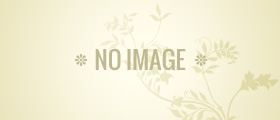
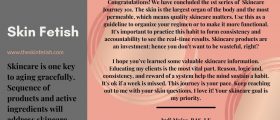
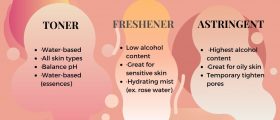
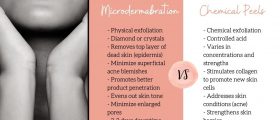
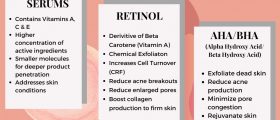






Leave a Reply
2 Comments on "The War on Rosacea"
Thanks for helping me understand that rosacea is common for women with fair skin and is caused by genetics or stress. I will share this information with my best friend because she showed me this issue she has had for two days now. She should consider seeing a dermatologist first to diagnose the issue and see if she can get a rosacea skin treatment to finally get better.
I’m glad the information was helpful to you and your friend, hopefully, got solutions. Thank you for reading and your input.